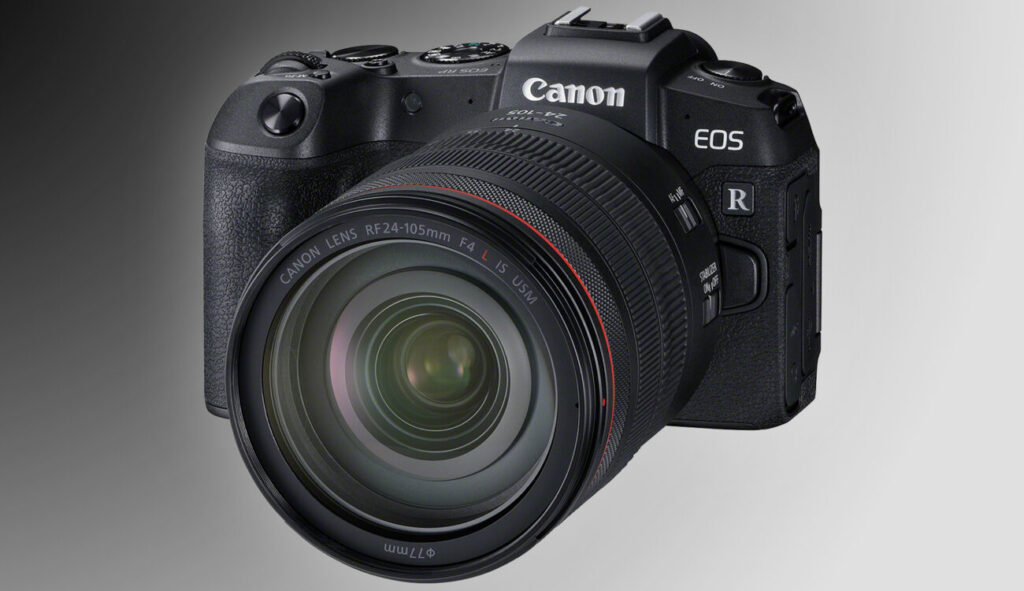Recently becoming the most budget-friendly new full-frame body at B&H, the Canon EOS RP is priced attractively at $899, boasting 26 megapixels and 4K video capabilities. While the price tag may catch the eye, a thorough examination of its performance is necessary to determine if it will maintain its value in 2024.
Delving into the intricacies of the Canon EOS RP, Dan Watson’s informative video sheds light on this model. Unveiled over five years ago during a phase where Canon tended to limit features on cameras, the RP initially lacked support for 24 frames per second in 1080p, a shortfall amended later through firmware updates. Despite its age, the RP retains relevance owing to its compact, lightweight build and economical pricing, although it falls short of some advanced features present in higher-end models. Noteworthy aspects include the absence of a dedicated switch for video mode and limited battery life attributed to its petite frame. However, the inclusion of a 3-inch flip screen, serviceable viewfinder, and essential ports like HDMI, mic, and headphone jacks compensate for these limitations.
Initially criticized for its pricing in conjunction with bundled lenses, the scenario has since transformed. Presently, acquiring the RP with a 24-105mm lens costs merely $1,199. Canon’s array of lenses has expanded, offering budget-friendly selections that complement the RP seamlessly. The 35mm f/1.8 and 85mm f/1.8 lenses serve as examples of stabilized, high-quality optics that enhance the RP’s performance. A downside manifests in the RP’s reduced continuous shooting speed of three frames per second with full autofocus, rendering it less apt for high-speed subjects such as sports or wildlife photography.
In terms of image quality, the RP’s 26-megapixel full-frame sensor yields commendable outcomes, especially given its current price point. While its dynamic range and low-light performance weren’t cutting-edge upon release, the RP still delivers reliable image quality, particularly when pitted against APS-C counterparts. Canon’s renowned color palette continues to shine, a consistent strength across their camera lineups. The autofocus system, while not at the pinnacle of contemporary standards, proves trustworthy for most shooting scenarios.
Regarding video capabilities, the Canon RP displays certain limitations. Despite supporting 4K recording, a substantial 1.7x crop factor results in a narrower field of view and noticeable rolling shutter effects. The absence of autofocus in 4K mode and the non-inclusion of high frame rate options like 120 fps in 1080p further constrain its video functionalities. Nonetheless, it does permit up to 60 fps in 1080p, offering some leeway for slow-motion sequences.
In conclusion, the EOS RP presently stands as the most economical full-frame camera accessible. While not a universal choice, it serves as a robust entry point into full-frame photography. For an extensive review, refer to Watson’s comprehensive analysis video above.
